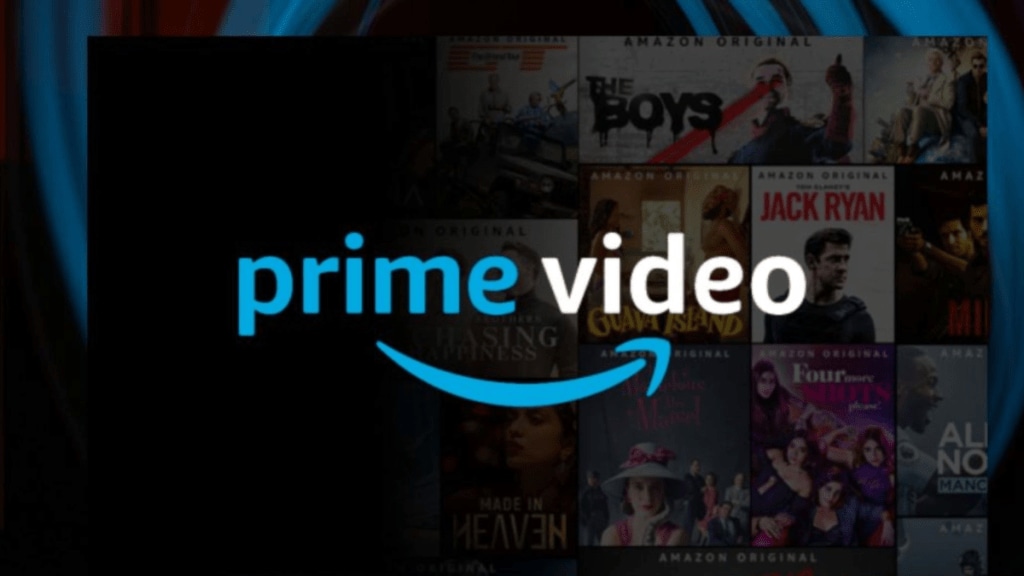By Ranjit Babu
In 1939, David Sarnoff, of the brand ‘RCA’, unveiled the Television at the 1939 World Fair saying, “Now we add sight to sound”. Today, TV has evolved into so much more. It was once called an ‘idiot box’ because it played a limited number of broadcast channels at scheduled hours and was seen as an instrument of passive consumption with a linear viewership experience. Today, with improved operating systems, a variety of options in a catalogue, lower prices, and easier access to 4K and other high-resolution panels like QLED and OLED, the TV is now ‘smart’ and changing the way we consume content. With India’s growing internet penetration, aided by the 5G rollout and the ongoing OTT revolution, Smart TVs now contribute to nine out of every ten TV units sold in India that are now the tenth-largest market in the world. In this dynamic shift, Indian audiences are discovering Connected TVs as the pinnacle of premium for indulging in OTT content, seamlessly integrating into households with their intuitive navigation, expanded capabilities, and tailored experiences. While mobile devices may suffice for quick bites, television reigns supreme as the preferred choice for a content feast. Backed by innovations and features, connected TVs are redefining future possibilities, and this industry is slated to rise exponentially.
High Tech Comes Home
While smartphones have been getting bigger screens, they still are no match for the large-screen experience that only TVs can offer. Displays with high resolution like 4K, QLED and OLED, better sound tech like Spatial Audio and Dolby Atmos, audible through inbuilt speakers and sound bars, and controllable via more intuitive interfaces have become commonplace. The growing penetration of voice assistants and AI tech is adding to convenience as well. With the gradual improvisations, the industry is witnessing virtual assistants with ChatGPT-like capabilities, digital-native content consumption and CTVs with Generative AI, which lets one create stunning visuals by using a voice command on a remote.
OTT Platforms To Gaming, It’s All Connected
Another trend that is driving higher Smart TV usage is the shift away from broadcast channels to ‘connected’ consumption. Gone are the days when one had to watch the clock to view their favourite TV shows and movies. With wired broadband adoption and OTT streaming services appearing on screen as TV apps, content is easily accessible on demand. Television has eventually evolved as a vehicle for freedom and now offers flexibility in consumption, from skipping a lengthy song during a movie to catching up on the highlights of a sports event that just went by. Recent data suggests that Indian households spend more than four hours every day watching content on their smart TV. And all this in the language of one’s choice. Overall, 12 languages dominate media consumption amongst which Hindi is the most popular, followed by Telugu, Tamil, Malayalam and Bengali.
Breaking Physical Barriers
While changes to technology are driving smart TV demand like never before, there are supply aspects that eventually brought about a revolution in this industry. This emergence and preference for e-commerce is a dynamic change that has been instrumental in increasing access to Television. Unlike physical stores, online platforms are not restricted by physical constraints like a wall or floor space. One can simply browse for a limitless range of TVs, and compare specs, prices and other offers sitting at home. Backed by delivery, installation and post-purchase assistance, the shopping journey is as revolutionary as the TV set’s growth story. Simply put, any customer in India can now build a movie theatre-like experience at home at the right value for their needs, and get it installed quickly and reliably-something that could never have been imagined 84 years ago!
The Dynamics Are Evolving
Emerging as a transformation in India’s content consumption landscape, Connected TV is poised to reshape how we engage with larger screens. The rapid surge of this trend can be credited to the proliferation of smart TVs, the growing adoption of wired broadband, and the wealth of digital-native content. According to a recent FICCI-EY report, smart-connected TV users are set to exceed 40 million by 2025, a milestone that marks the disruption of broadcasters’ dominance over the big screen. As the curtains rise on this evolution, approximately 30% of screen time will be dedicated to social interaction, gaming, and digital content. Being hailed as the next big thing in India and propelled by flexibility and searchability, the prospects for connected TVS are by far very progressive.
When are you buying your next intelligent box?
The author is the director, wireless and TV of Amazon India


